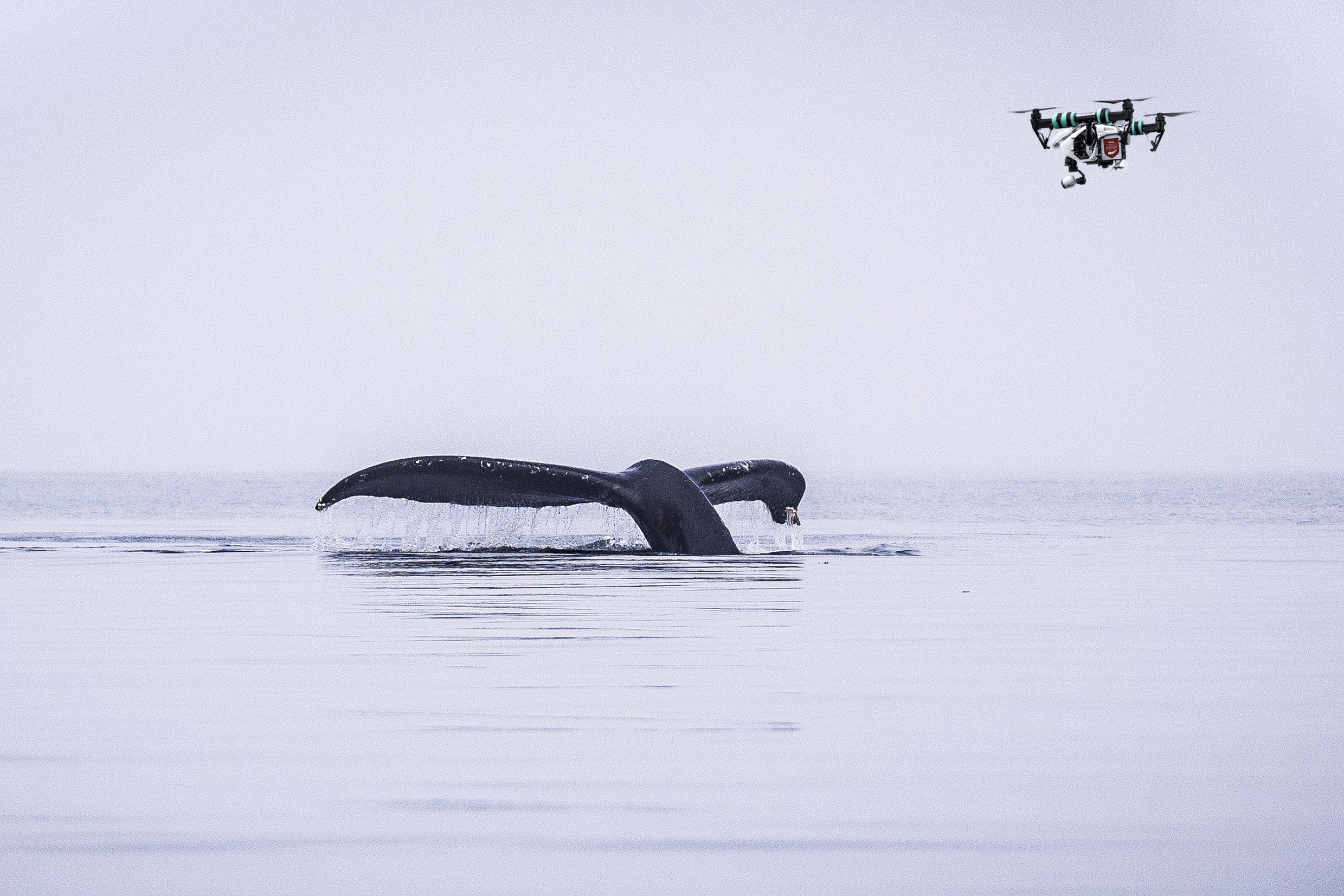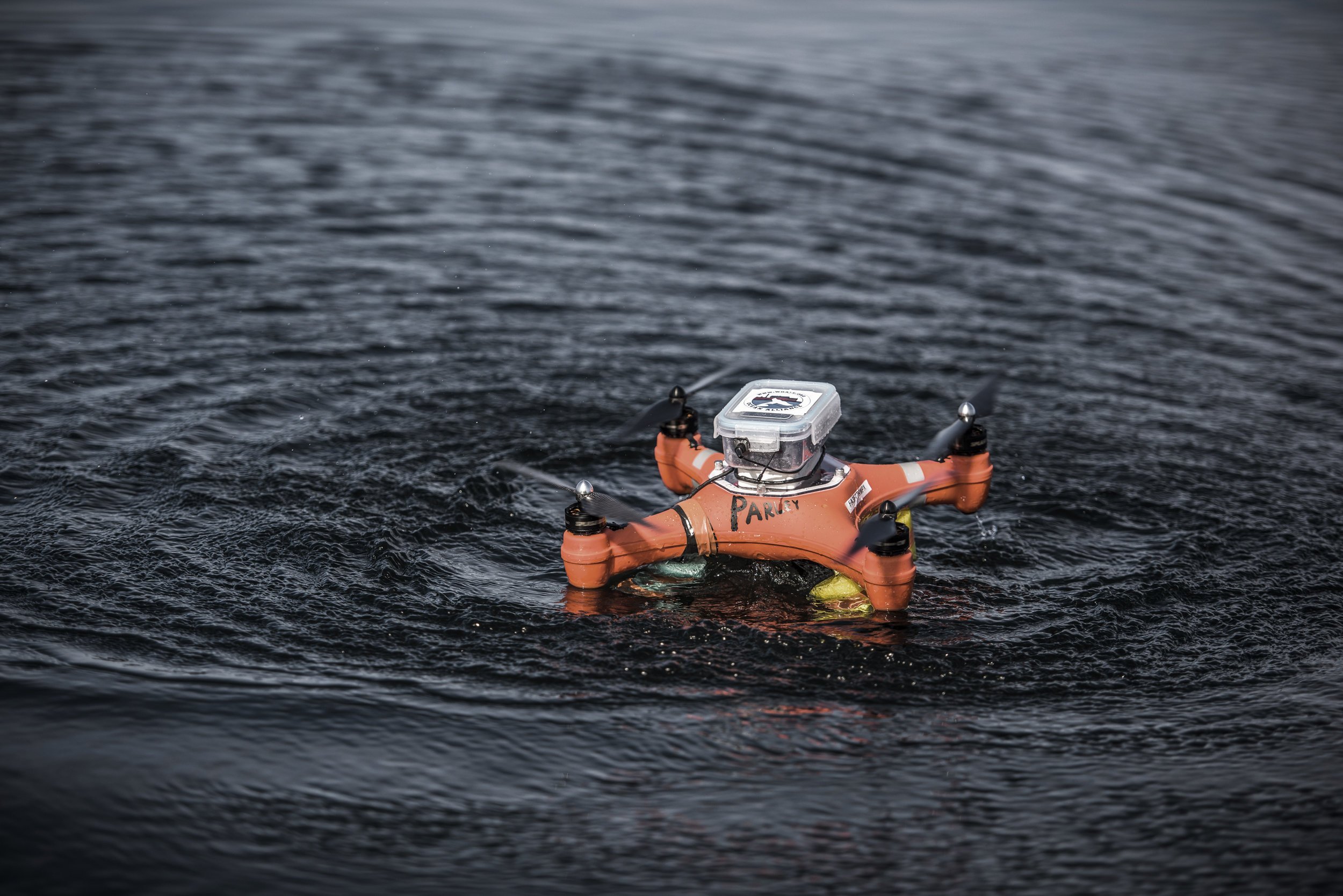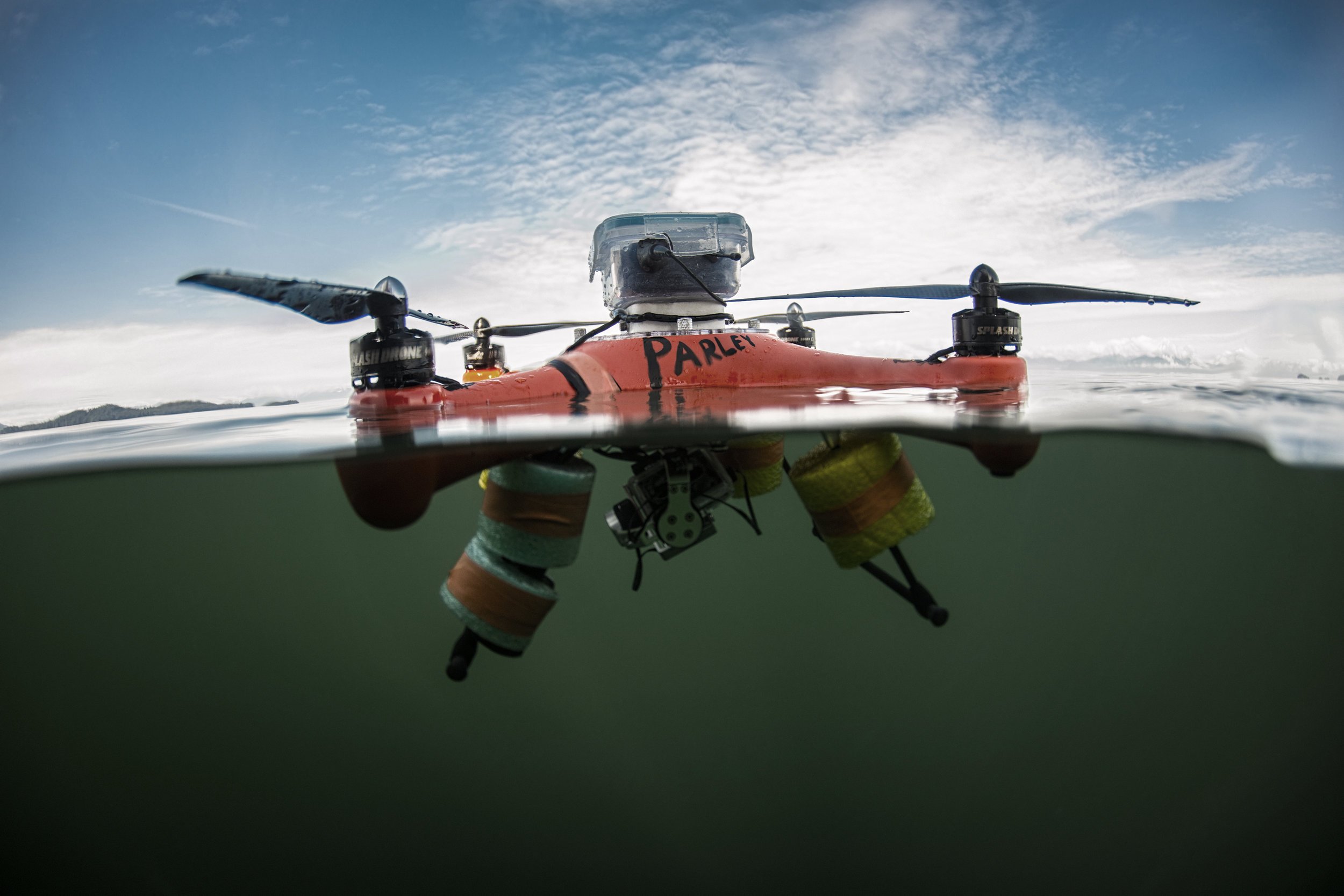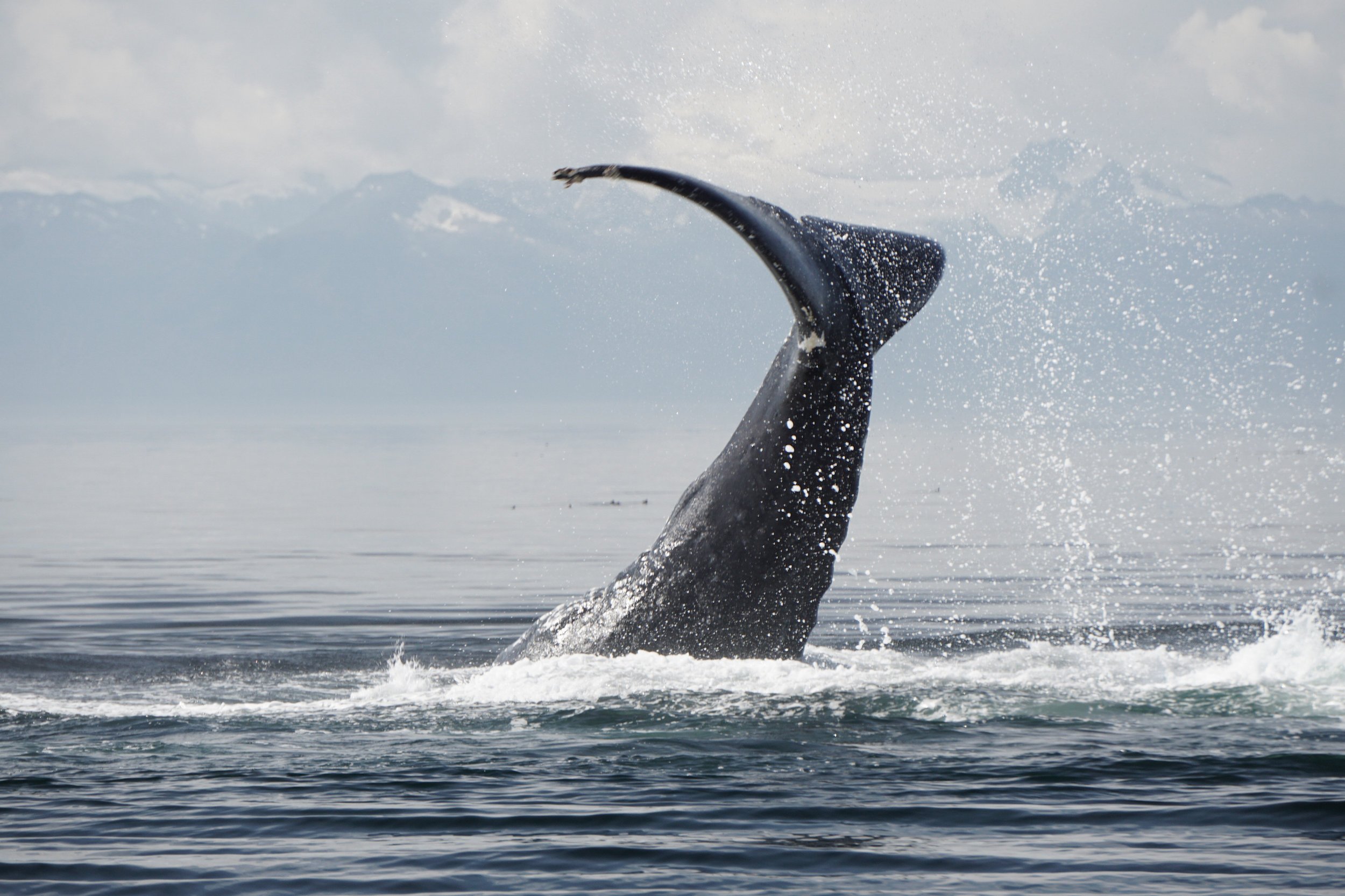Parley SnotBot® – Deep Space via Drones
A GATEWAY INTO THE UNKNOWN IS OPENED EVERY TIME A WHALE SURFACES TO BREATHE
There is a whole other world on this planet we’ve only just started to explore. Our lives above the surface depend on life in the oceans, but to date we know relatively little about marine ecosystems. Under the Parley Deep Space program, we’re committed to driving innovation to improve the ways we explore, understand, and protect the vastly undiscovered underwater realm.
Whales, the leviathan 'others', are like messengers from the deep. Mucus emitted through their blowholes is rich with biological data, providing researchers a closer look at stress and hormone levels, DNA, and signs of disease. Drone-enabled technology like SnotBot® allows us to collect this data and monitor the health and activity of whales, without harassing them in the wild.
SnotBot® Expedition 3: Alaska
Through Parley SnotBot®, we’re harnessing drone technology to drive innovation in the ways we study and observe whales in the wild and, in turn, improve the ways we protect them.
Following two successful expeditions in Patagonia and the Sea of Cortez, the team headed for Alaskan waters. Despite some uncooperative weather conditions, SnotBot® collected dozens of data-rich mucus samples from multiple species of whales. In addition to increasing the sample size and observing some spectacular whale behavior, we tested for the first time a new research drone to explore a second gateway into the world of whales: sound. Communication, feeding, predator detection, reproduction — all of the most important aspects of daily cetacean life rely on acoustics.
Because we don’t hear this world above the surface, it’s easy to turn our minds off to it. Current listening tools have vastly improved our understand of whale culture and communication, as well as human-driven threats like noise pollution, yet technology has been limited in flexibility and application.
EarBot creates a mobile, flexible, and practical platform for studying whales acoustically by attaching hydrophones to a waterproof drone that can land in the water and discreetly transmit back to researchers the sounds whales are making and hearing, as well as video. With the same philosophy as SnotBot®, EarBot™ allows us to get research tools close to the animals while keeping researchers at a safe distance; it’s yet another method for collecting high quality data without the whales knowing.
Iain Kerr, CEO of Ocean Alliance, explains the EarBot™ advantage:
Existing methods of acoustic data collection broadly fall under two categories: fixed and vessel based hydrophones. Both undoubtedly have valuable applications, but are limited by the flexibility they can provide. Fixed hydrophones are taken out to sea and moored in place, either on the seafloor, in the water column or at the surface. They can be left at sea for months at a time and are excellent for collecting large, long-term data sets. They are however complex and expensive tools which require significant resources to deploy, maintain and recover; and are highly inflexible. For times when more flexibility is required, scientists use hydrophones deployed from boats. This automatically introduces a problem. The very presence of a boat (particularly if the engine is on) is what scientists call a confounding variable that could change the behavior of the whale and diminish the quality of the acoustic data collected.
To avoid disturbing the whale, the engine can be cut. This, in turn, reduces the flexibility of the data collection. If the whales move off to another location, the scientists have a choice to make between getting closer to the whales but in the process potentially disturbing them, or leaving them undisturbed but being too far away to gather good data. This is a decision they must face. Whales are dynamic animals, often moving through their environment at speed in unpredictable ways. It is perfectly logical to have an equally dynamic and flexible way of studying them, yet until now this has been somewhat of a fantasy.
Enter EarBot™.
EarBot™ will allow us to follow a group of whales as they navigate through their environment, collecting acoustic data from undisturbed whales behaving in a far more natural manner. Current drones have a range of over 3 miles, so the researcher (and consequently their research vessel/platform) could be an enormous distance away as you collect data.
Moreover, EarBot™ could get much closer to the whales than the traditional methods of acoustic data collection. The closer your hydrophone to the whale, the more acoustic information you receive. This is something we can easily associate with: the closer you are to a sound, the better you can hear it. As scientists we are focused on applying this technology to our own specific research goals/interests. Of course, as with SnotBot®, the more we consider this tool, the more potential applications become apparent. Indeed, much of the value of the EarBot™ program could come from developing it as a tool for other researchers and interested parties.
As the emissaries of the sea, whales can tell us what we need to know. Their health, behavior, and too often the contents of their stomachs paint a telling picture of the overall state of the oceans, and therefore the state (and future) of humanity. The more we learn about the underwater world, the greater our knowledge of our ignorance. Through innovations like EarBot™ and SnotBot®, we can challenge and overcome human-defined divisions between land and sea, shifting perspectives and behaviors accordingly.
The beauty of the bots is simple: it allows us to study the whales without harassing them. That’s great for the animals and the researchers. And even better for the results.
Earbot™ and Snotbot® are registered trademarks of Ocean Alliance. US footage filmed under NMFS permit 18636-01.





















